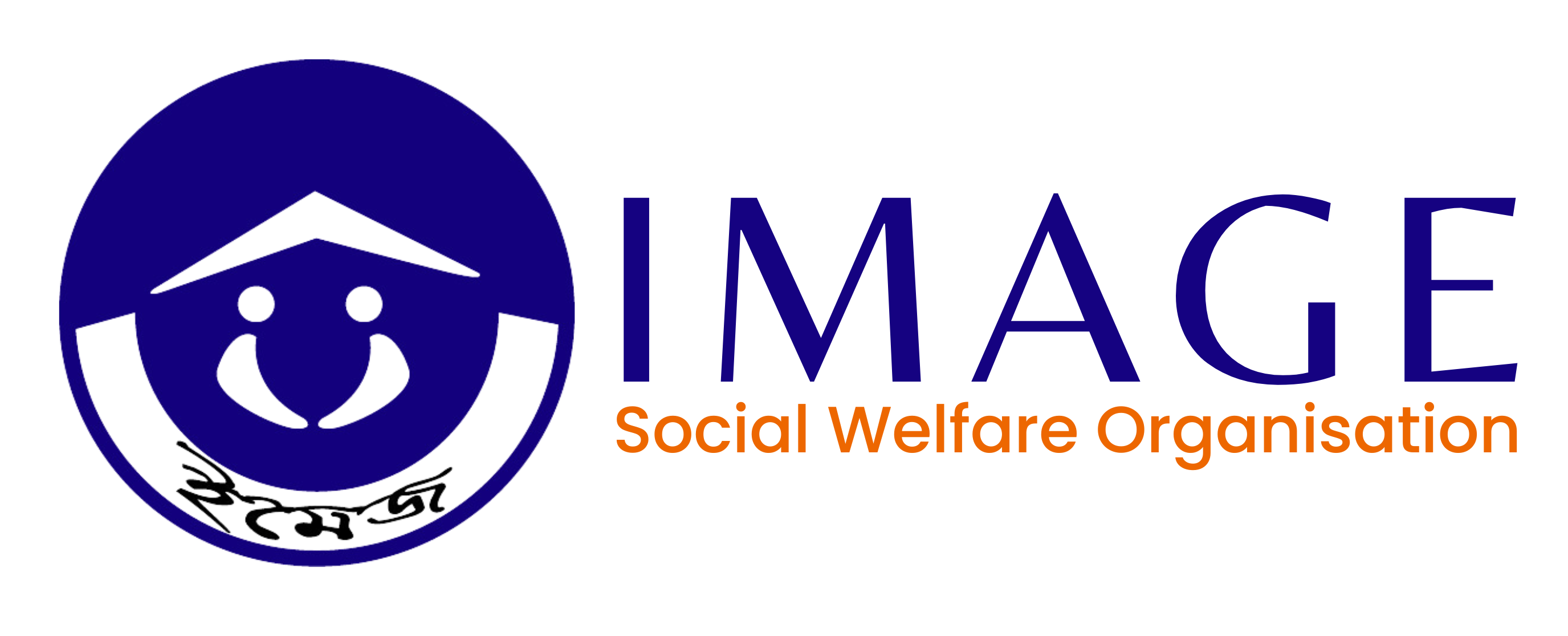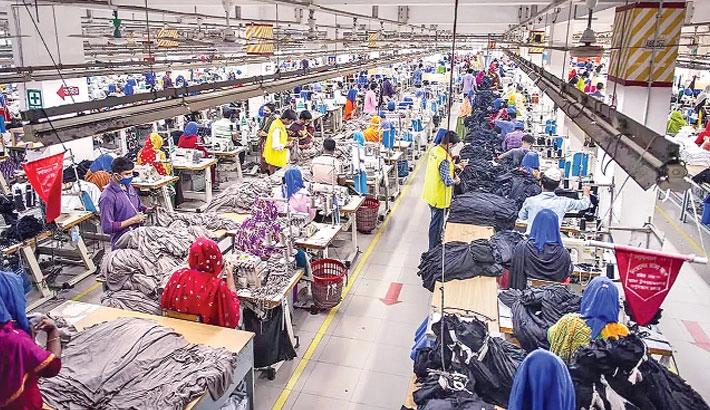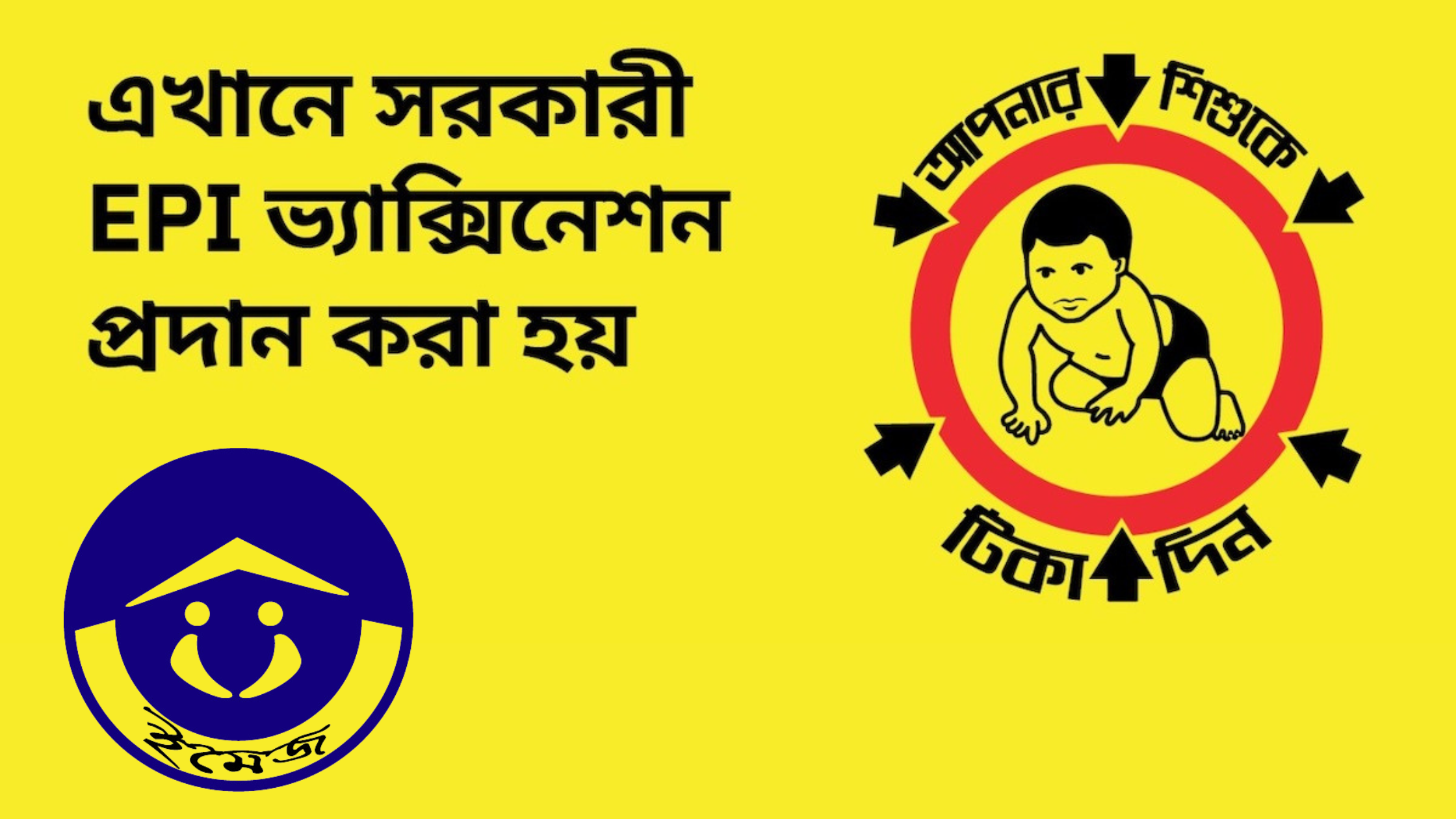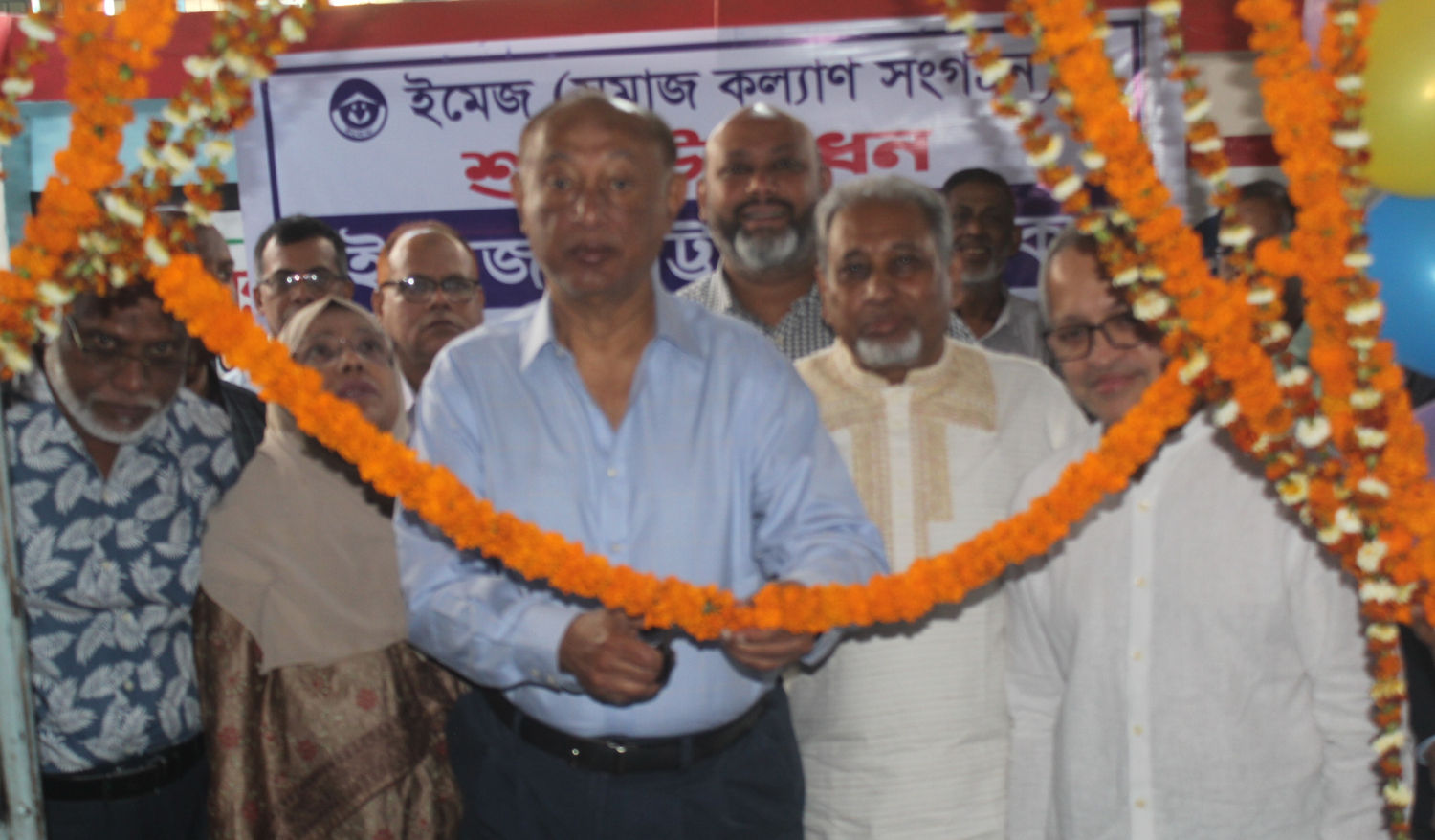1. Introduction
The garment industry in Bangladesh has emerged as a vital economic sector, employing a significant portion of the population, particularly women. This industry is crucial in driving the country’s economic growth and providing employment opportunities. However, behind the success and global prominence of Bangladesh’s ready-made garment (RMG) industry lies a pressing issue: the lack of accessible healthcare services for garment workers.
Access to quality healthcare is a fundamental human right that should be available to all individuals, regardless of their occupation or socio-economic background. Unfortunately, many garment workers in Bangladesh face significant barriers to accessing good quality healthcare, health awareness, and counseling. A comprehensive survey conducted among garment workers by The Daily Star in February 2024 has revealed alarming statistics regarding maternal healthcare access and practices, highlighting the urgent need for intervention.
It is disheartening to note that only 62 percent of garment workers utilize birth control methods, while a significant proportion of them resort to delivering at home. Inadequate access to essential healthcare services poses a significant risk to the health and well-being of these workers, and by extension, to the development of the garment industry as a whole. Recognizing the urgency of this issue, the proposed Memorandum of Understanding (MoU) between IMAGE (Social Welfare Organization) and BSA Group of Companies aims to provide essential healthcare services to garment workers.
This MoU seeks to uphold the well-being of the workers and ensure their access to quality healthcare. By joining forces, IMAGE and BSA Group stand together as a beacon of hope, promising to bridge the healthcare gap and contribute to a noble cause. Together, they aim to foster a healthier workforce and promote a culture of health and wellness within the garment industry.
In the following sections, we will delve deeper into the gaps in healthcare access and practices for garment workers, explore the proposed partnership in detail, and highlight the benefits it brings for both the workers and the business. Additionally, we will address the challenges and limitations of such initiatives and discuss how to ensure a sustainable impact.
2. Gaps in Healthcare Access and Practices for Garment Workers
The garment industry in Bangladesh has experienced exponential growth over the past few decades, emerging as a crucial sector that boosts the country’s economy and provides employment opportunities for millions of workers. According to the Bangladesh Garment Manufacturers and Exporters Association (BGMEA), the industry accounted for approximately 84 percent of the country’s total export earnings in the fiscal year 2022-2023. This underscores the significance of the industry in transforming Bangladesh into a key player in the global textile and apparel market.
Despite the monumental growth of the garment industry, the healthcare access and practices among garment workers remain relatively poor. The aforementioned survey conducted by The Daily Star shed light on the concerning statistics of healthcare practices in this vulnerable population. The findings revealed that only
“62 percent of garment workers utilize birth control methods, exposing them to unintended pregnancies and associated health risks. Furthermore, a substantial number of these workers resort to delivering at home, often without access to trained professionals or proper medical facilities.”
Several factors contribute to the healthcare disparities among garment workers. Firstly, the demanding nature of their work often leaves them with little time or energy to seek medical attention. The long working hours and strenuous labor conditions create obstacles for them to prioritize their health and well-being. Additionally, the predominantly female workforce in the garment industry faces unique challenges, such as limited decision-making power and lack of autonomy in matters related to healthcare. Moreover, a lack of awareness and education regarding reproductive health, family planning, and general healthcare practices further exacerbates the existing disparities.
Addressing healthcare disparities among garment workers is a multifaceted challenge that requires collaborative efforts from various stakeholders. One of the primary challenges is the lack of comprehensive healthcare programs tailored specifically to the needs of garment workers. The existing healthcare infrastructure in Bangladesh may not be equipped to effectively cater to the large workforce and its unique healthcare requirements. Moreover, financial constraints pose another significant challenge for both the workers and the companies employing them. Implementing sustainable healthcare initiatives that are affordable, accessible, and acceptable to all stakeholders is essential to overcome these challenges.
3. Proposed Partnership between IMAGE and BSA Group
Background and context of the partnership
The proposed partnership between IMAGE (Social Welfare Organization) and BSA Group of Companies is rooted in the shared commitment to improve the health and well-being of garment workers in Bangladesh. Both parties recognize the pressing need to bridge the healthcare gaps faced by this vital workforce and are dedicated to collaborating in a meaningful and sustainable manner to achieve this shared goal.
Objectives and goals of the partnership
The partnership between IMAGE and BSA Group is driven by a set of clear and ambitious objectives. Firstly, the primary goal is to enhance the accessibility of quality healthcare services for garment workers, ensuring that they have access to essential medical care, health awareness programs, and counseling support. The partnership also aims to promote a culture of proactive health management among garment workers, empowering them to make informed decisions about their well-being. Additionally, the partnership seeks to establish a sustainable framework that can be replicated and scaled to benefit a larger population of garment workers in Bangladesh.
Scope of work and services provided by IMAGE
IMAGE, as a renowned social welfare organization with a proven track record in implementing healthcare programs, will spearhead the delivery of essential services to garment workers in collaboration with BSA Group. The scope of work encompasses a comprehensive range of healthcare services, including but not limited to:
On-site medical clinics: IMAGE will establish on-site medical clinics within the premises of BSA Group’s garment factories. These clinics will be staffed by qualified healthcare professionals to provide routine check-ups, basic medical treatment, and emergency care as needed.
Health awareness and education: IMAGE will conduct educational workshops and awareness programs on topics such as reproductive health, family planning, nutrition, and general wellness. These initiatives are designed to empower garment workers with the knowledge and tools to make informed decisions about their health.
Counseling and support services: IMAGE will facilitate access to counseling services for garment workers, addressing mental health concerns, reproductive health issues, and other personal or work-related challenges.
4. Challenges and Limitations on the Road to Success
While the partnership between IMAGE and BSA Group holds immense promise, ensuring its long-term success requires careful consideration of potential challenges and limitations.
Sustainability: Building a Program that Lasts
Maintaining a healthcare program that effectively serves garment workers necessitates dedicated resources and a robust financial plan. The MoU should establish a clear and sustainable funding strategy. This could involve contributions from the BSA Group, partnerships with other NGOs or government bodies, or the exploration of innovative financing mechanisms.
Scaling the Impact: Reaching Beyond One Factory
The true measure of success lies in the program’s ability to reach a broader population of garment workers. The partnership should explore possibilities for expansion. This could involve collaborating with other garment factories in the region or attracting public and private sector funding to replicate the program across the industry. By sharing best practices and lessons learned, IMAGE and BSA Group can become a catalyst for positive change within the Bangladeshi garment industry.
Encouraging Worker Participation: Building Trust and Addressing Needs
Active participation from garment workers is essential for the program’s effectiveness. Strategies to increase worker buy-in might include flexible clinic hours to accommodate work schedules, providing transportation assistance to overcome logistical challenges, and addressing cultural sensitivities to ensure a comfortable and welcoming environment. Building trust and open communication with the workforce is paramount.
Monitoring and Evaluation: Measuring Progress for Improvement
A robust monitoring and evaluation framework is crucial to track the program’s impact. Regularly measuring key indicators – clinic utilization rates, health awareness levels among workers, and absenteeism rates in the factories – will provide valuable insights. This data can be used to assess progress, identify areas for improvement, and demonstrate the program’s effectiveness to potential future partners.
A Win-Win Situation: Benefits for Workers and Businesses
Investing in the well-being of garment workers yields positive outcomes for both the workforce and businesses within the industry.
Improved Health Outcomes: A Healthier Workforce is a More Productive Workforce
Enhanced access to healthcare services will lead to earlier diagnosis and treatment of illnesses. This translates to a healthier workforce, with fewer health complications and reduced absenteeism. Healthy workers are not only physically stronger but also more engaged and productive, contributing to a more efficient and high-performing factory environment.
Building a Positive Employer Brand: Attracting and Retaining Top Talent
In today’s competitive job market, companies that prioritize worker well-being stand out. By investing in healthcare initiatives, BSA Group positions itself as a progressive and responsible employer. This fosters a positive employer brand, attracting and retaining skilled workers who value their health and well-being.
Reduced Healthcare Costs: Prevention is Key
Early intervention and preventive healthcare can significantly reduce long-term healthcare costs. By promoting healthy habits and early detection of potential health issues, the program can help minimize medical expenses for both workers and businesses in the long run.
5. Conclusion: A Beacon of Hope for a Brighter Future
The partnership between IMAGE and BSA Group presents a promising model for addressing the critical issue of healthcare access for garment workers in Bangladesh. By working collaboratively, this initiative has the potential to empower workers, improve health outcomes across the industry, and contribute to the overall growth and sustainability of the garment sector.
This article has served to highlight the importance of accessible healthcare for garment workers. We urge other stakeholders in the industry – NGOs, government bodies, and other businesses – to join forces and create a comprehensive healthcare ecosystem that prioritizes the well-being of this vital workforce. Only through collective action can we ensure a brighter and healthier future for Bangladesh’s garment industry.







